Nishitokyo City, Tokyo東京都西東京市
Living in Nishitokyo City, Tokyo
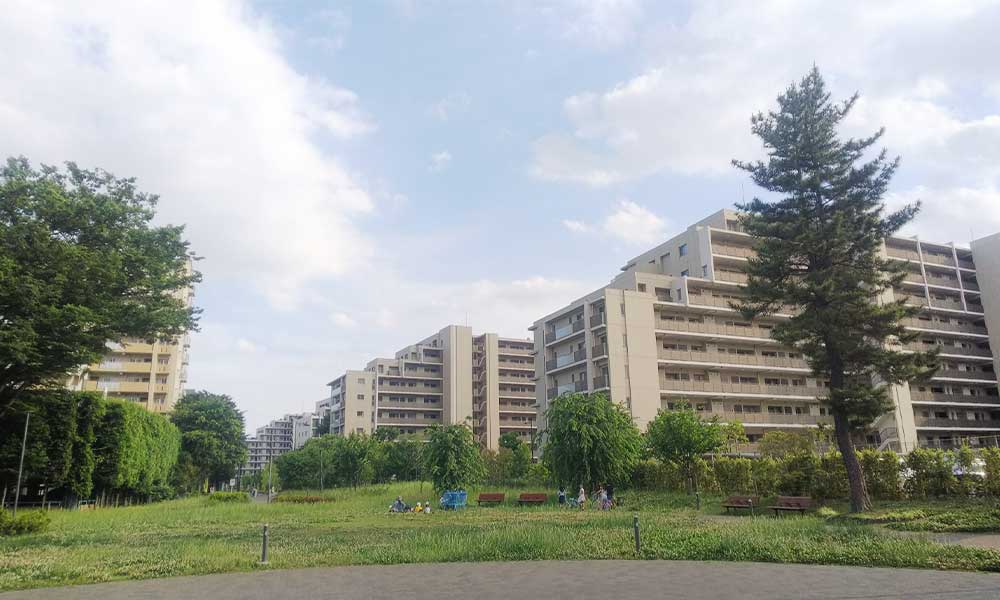
We have Summarized the livability of Nishitokyo City, Tokyo.
KITATAMA AREA北多摩地域
-
- TACHIKAWA CITY 立川市
-
- NISHITOKYO CITY 西東京市
-
- MUSASHINO CITY 武蔵野市
-
- HIGASHIKURUME CITY 東久留米市
-
- MITAKA CITY 三鷹市
-
- CHOUFU CITY 調布市
-
- KOMAE CITY 狛江市
-
- KIYOSE CITY 清瀬市
-
- HIGASHIMURAYAMA CITY 東村山市
-
- KODAIRA CITY 小平市
-
- KOGANEI CITY 小金井市
-
- FUCHUU CITY 府中市
-
- KOKUBUNJI CITY 国分寺市
-
- KUNITACHI CITY 国立市
-
- HIGASHIYAMATO CITY 東大和市
-
- MUSASHIMURAYAMA CITY 武蔵村山市
-
- AKISHIMA CITY 昭島市
CONTENTS
- What kind of place is Nishitokyo City, Tokyo?
- Nishitokyo CityPR video
- How is the traffic situation in Nishitokyo City?
- How are the rent and land prices in Nishitokyo City?
- How is childcare and education in Nishitokyo City?
- How about shopping in Nishitokyo City?
- How about jobs and recruitment in Nishitokyo City?
- Nishitokyo City’s unique subsidy/subsidy system
What kind of place is Nishitokyo City, Tokyo?
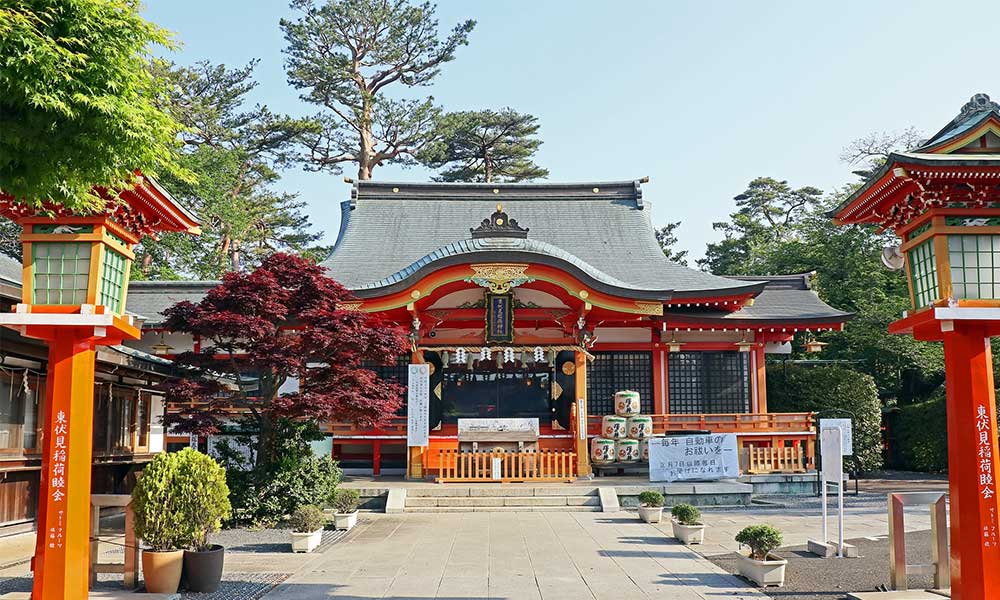
Nishitokyo City is adjacent to the center of Tokyo and combines natural environment with urban convenience.
Nishitokyo City is located slightly north of the center of Tokyo and has an area of approximately 15.75 square kilometers.
It borders Saitama Prefecture’s Niiza City and Higashikurume City to the north, Nerima Ward to the east, Koganei City and Musashino City to the south, and Kodaira City to the west.
It has a population of approximately 206,000 and approximately 102,000 households. (As of June 2023)
It is located almost in the center of the Musashino Plateau and has a wide, flat terrain.
Nishitokyo City is a relatively new city that was formed in January 2001 by the merger of the neighboring cities of Tanashi and Hoya.
The city is characterized by a well-balanced distribution of residential, commercial, industrial, and agricultural areas.
The city’s history dates back to the Edo period, when a post town was formed in Tanashi along the Ome Kaido road, and it developed as a transportation hub. In the Taisho period, a railway was built, and the population increased as the transportation network expanded.
In the Taisho period, the current Seibu Ikebukuro Line and Seibu Shinjuku Line were opened, and the transportation network also developed.
In the mid-Showa period, Japan’s largest housing complex, Hibarigaoka Danchi, was developed, and the population further increased as the city developed as a commuter town.
The current center of the city is around Tanashi Station on the Seibu Shinjuku Line, a bustling facility where public facilities such as the city hall and commercial facilities are gathered.
A famous tourist spot is the Tama Rokuto Science Museum.
Located a 16-minute walk from Hana-Koganei Station on the Seibu Shinjuku Line, the facility is marked by the Science Egg, one of the world’s largest planetarium domes.
There are also five other exhibition rooms, and an area where you can enjoy quizzes and exhibits related to the universe and the human body, making it a facility that the whole family can enjoy.
“Higashi Fushimi Inari Shrine” is located a 6-minute walk from Seibu-Yanagisawa Station on the Seibu Shinjuku Line, and is a historic shrine that was founded by inviting a branch of the spirit of Fushimi Inari Taisha Shrine in Kyoto. Adjacent to the metropolitan Higashifushimi Park, this shrine is impressive with over 100 vermilion torii gates and is a popular spot bustling with worshippers.
PR video of Nishitokyo City, Tokyo
Nishitokyo City Promotional Video west tokyo story
“Peace of mind, solutions, finding a home!” Commercial video (for citizens)
How is the traffic situation in Nishitokyo City?
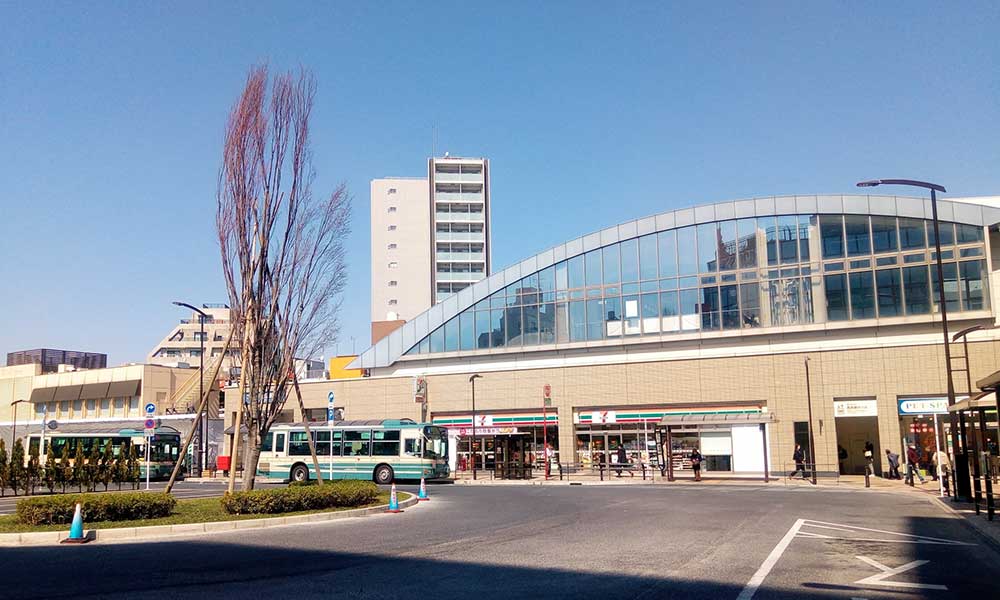
Nishitokyo City has a well-developed railway and bus system, and offers easy access to the city center.
There are two lines and five stations within the city. It takes about 47 minutes to get from the station to Tokyo Station and about 36 minutes to get to Shinjuku Station.
| Hibarigaoka Station | Seibu Ikebukuro Line |
| Hoya Station | Seibu Ikebukuro Line |
| Tanashi Station | Seibu Shinjuku Line |
| Higashifushimi Station | Seibu Shinjuku Line |
| Seibu Yanagisawa Station | Seibu Shinjuku Line |
Seibu Bus and Kanto Bus operate local bus routes within the city.
You can also use the community bus “Hana Bus,” which operates between the city’s major facilities.
There are no expressways or national highways accessible from the city.
The train is convenient and easy to get to not only Ikebukuro and Shinjuku, but also Yokohama and Saitama.
When traveling by car, there are many places where the roads are narrow and traffic jams are likely to occur.
How are the rent and land prices in Nishitokyo City?
Nishitokyo City: A city with a wide residential area and a good living environment for families
According to information from a real estate information website, the average rent in the city for a newly built apartment within a 10-minute walk from the station is about 79,000 yen for a 1K and 119,000 yen for a 2DK.
The average land price is about 1.1 million yen per tsubo.
The average price of a newly built apartment is 45.94 million yen, the average area is 70.32 m2, and the average price per tsubo is 2.16 million yen per tsubo. (As of 2018-2022)
Nishitokyo City has good access to the city center, and Hibarigaoka Danchi, which was developed in the 1950s, is the largest housing complex in Tokyo, spanning neighboring Higashikurume City. As a pioneer of public housing, the site also has a baseball field, tennis courts, parks, shops, schools, supermarkets, and more, and is known as a model town for the creation of later large-scale housing complexes. It is still famous as a commuter town in the city center.
The city has the 5th largest population of any city in Tokyo, and the 39th largest area, making it a city with a very high population density.
The terrain is generally flat, with residential areas scattered throughout, and in recent years, high-rise apartment buildings have become more prominent, especially around stations.
The average rental price is relatively low compared to the 23 wards, but prices tend to be higher around Tanashi Station and Hibarigaoka Station, as these areas have good transport links.
Although it is close to the city center, there is a lot of nature and property prices tend to be a little lower.
Prices have risen significantly in recent years, especially in high-rise apartments near train stations.
How is childcare and education in Nishitokyo City?
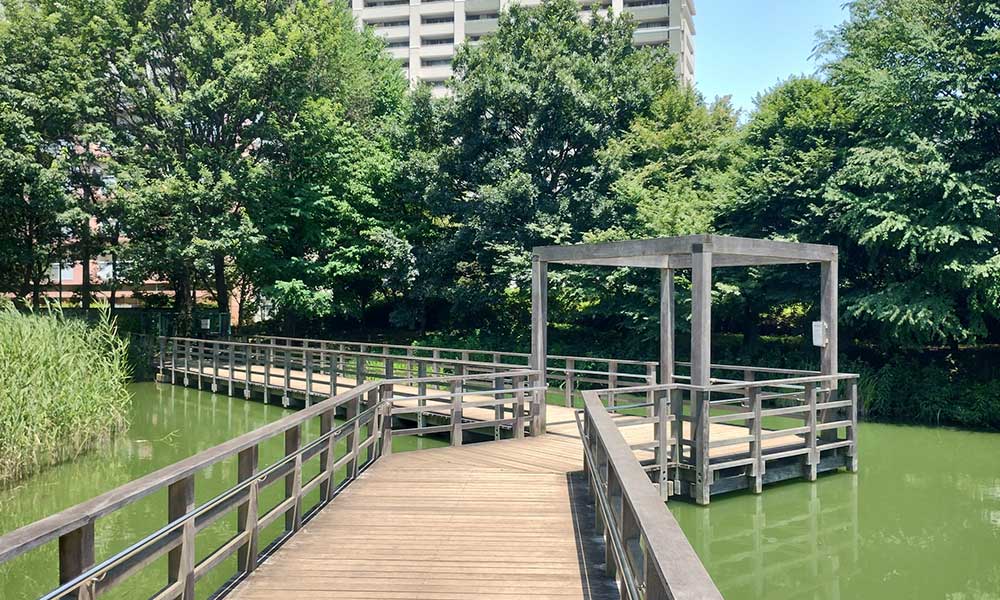
Nishitokyo City: A city with well-developed childcare support facilities and public schools
Nishitokyo City has 24 nurseries, 13 kindergartens, 18 elementary schools, 11 junior high schools, 5 high schools, and 3 junior colleges and universities.
The “Children’s Medical Expense Subsidy System” covers children up to 18 years old (as of March 31st after they reach 18 years old) for both outpatient and inpatient care, and fully subsidizes all medical expenses.
Child allowances are provided: 15,000 yen for children under 3 years old, 10,000 yen for the first and second children aged 3 years old or older and not yet entering elementary school, 15,000 yen for the third child and onwards, and 10,000 yen for junior high school students.
Nishitokyo City also has its own extensive support system.
The “Childbirth and Childrearing Support Project” provides seamless support from childbirth to childrearing by holding interviews (tamago interviews) with public health nurses and midwives for pregnant women.
Those who attend the interview are given a childbirth support gift (a coupon worth 50,000 yen) and a “tamago package” containing a gift catalog and other items to help prepare for childbirth.
“Baby Visit” is a support system where midwives and public health nurses visit homes to check on the baby’s development and provide advice on the mother’s health and childcare.
In addition, a childcare support gift worth 50,000 yen is distributed to those who receive a baby visit.
The childcare support app “Ikoiko” is an app that can be used by households with children. It is a useful tool for a wide range of purposes from pregnancy to childcare, such as obtaining information on childcare and managing the baby’s vaccination schedule.
The Nodoka Child and Family Support Center serves as a child-rearing center, providing a place for parents and children to play together and holding parenting classes, making it a facility that can also be used as a place for parents and children to interact.
The area has good public safety and is well equipped with childcare facilities.
There are some areas where the number of children waiting to get into nursery schools has not been resolved.
How about shopping in Nishitokyo City?
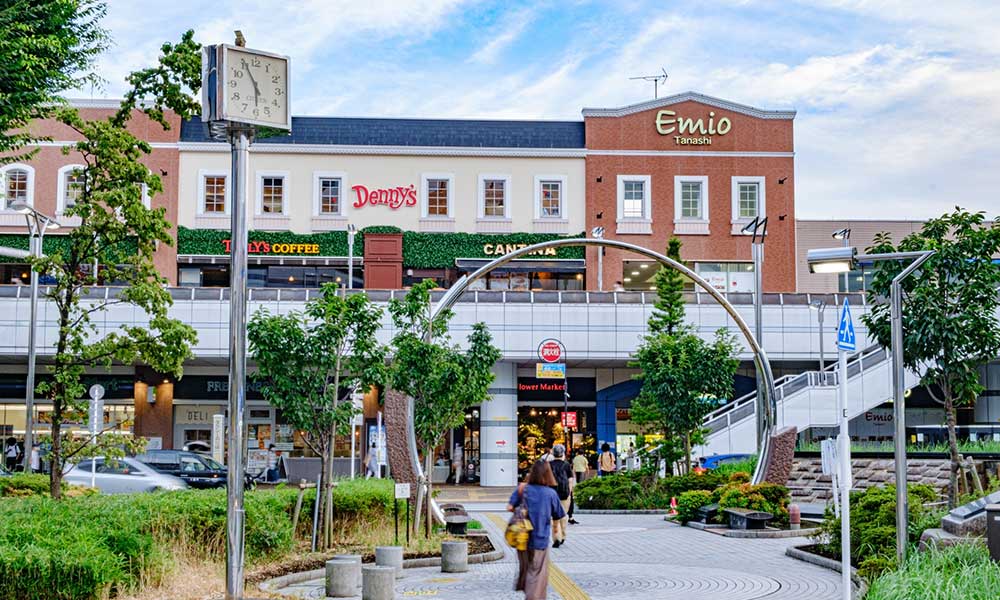
Nishitokyo City has a wide range of shopping areas, catering for everything from everyday shopping to leisure shopping.
Nishitokyo City is an area with large commercial facilities and shopping streets centered around Tanashi Station and Hibarigaoka Station.
Hibarigaoka Parco is a convenient complex located just a short walk from Hibarigaoka Station on the Seibu Ikebukuro Line, with a supermarket, fashion, electronics retailers, restaurants, and more.
Asta is a complex building in front of Tanashi Station, housing everything from department store-style high-end prepared foods to everyday supermarkets and electronics retailers. It is a popular facility for its easy access and wide selection of products despite its compact size.
There are also about 20 supermarkets scattered around the city, including Seiyu and Summit.
There are many large supermarkets and retail stores around Hibarigaoka Station, so you will never have trouble finding something to buy.
There are few places where you can purchase high-end brand products, such as department stores.
How about jobs and recruitment in Nishitokyo City?
Nishitokyo City: A city with a wide variety of job listings
The average annual salary in Nishitokyo is 4.08 million yen.
Nishitokyo is a region with a large residential area, with relatively good access to major cities.
Commercial activity is thriving in proportion to the population, and job opportunities are available in the service industry, such as sales and food and beverage.
The city is also home to a relatively large number of manufacturing companies, such as Citizen, as well as information and communications and real estate businesses.
In addition, there are a certain number of job openings related to daily life, such as educational institutions and medical institutions.
Although it is located in a quiet residential area, you can work in a favorable environment with a relatively large number of job openings.
As it is one of the most popular areas, the job market tends to be competitive.
Nishitokyo City, Tokyo’s unique subsidy/subsidy system
Nishitokyo City, Tokyo’s unique housing assistance and subsidy system
Nishitokyo City, Tokyo’s unique childcare support system
| Childbirth and child-rearing support program |
Nishitokyo City, Tokyo’s unique system for further education and tuition assistance/subsidies
| School support Tuition support fee (preparation for new admission) School attendance incentive fee FY2023 Nishitokyo City Student Support Special Grant Loan Program to Support Exam Takers |


















